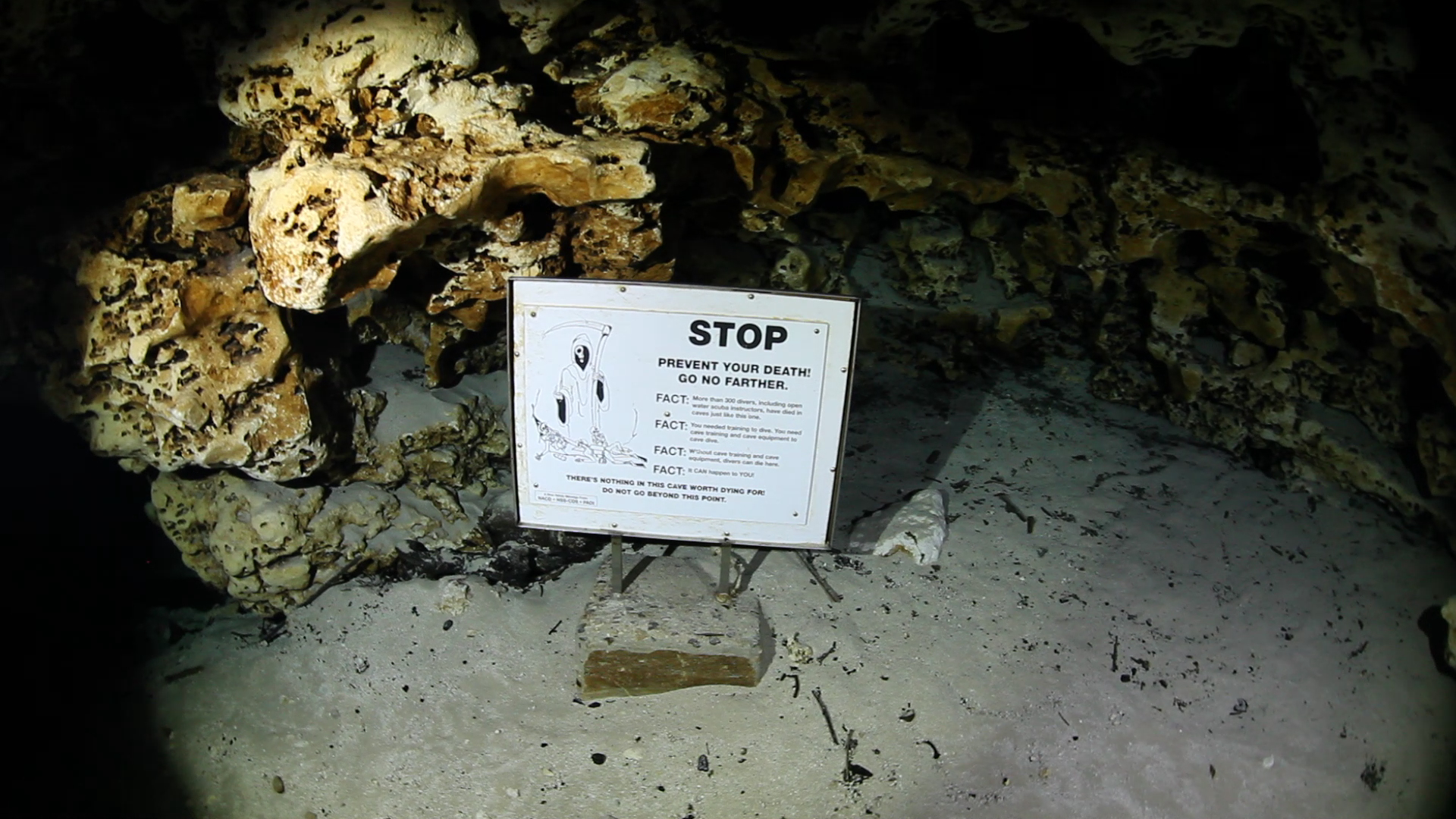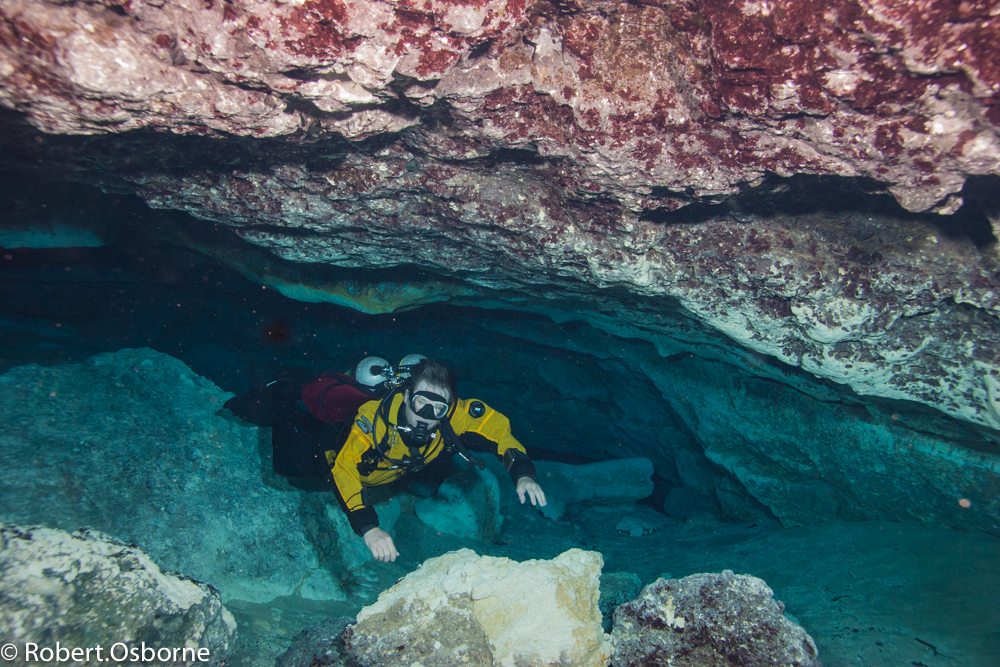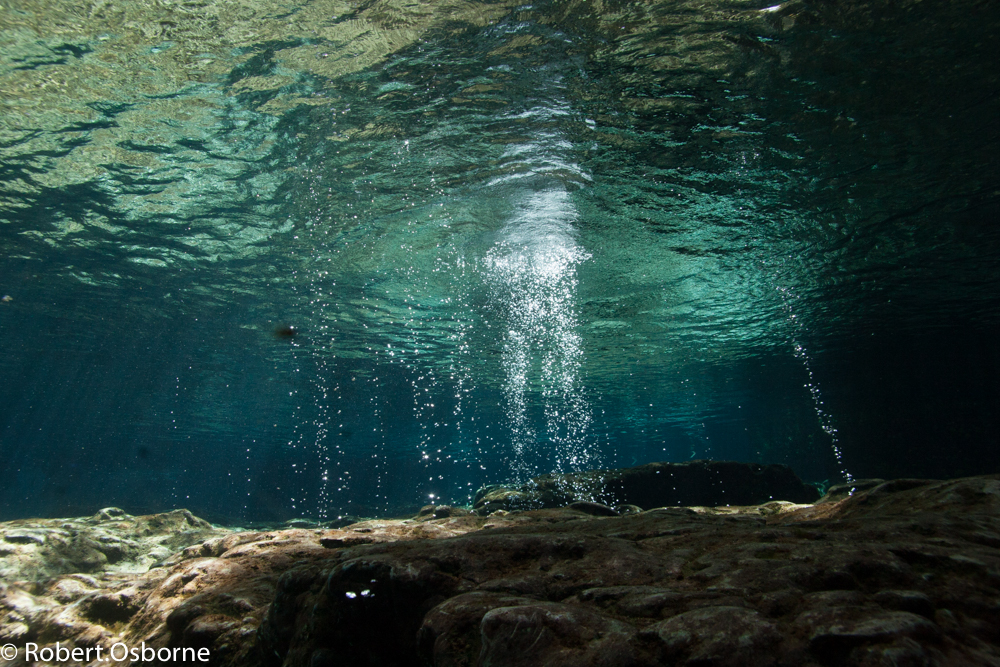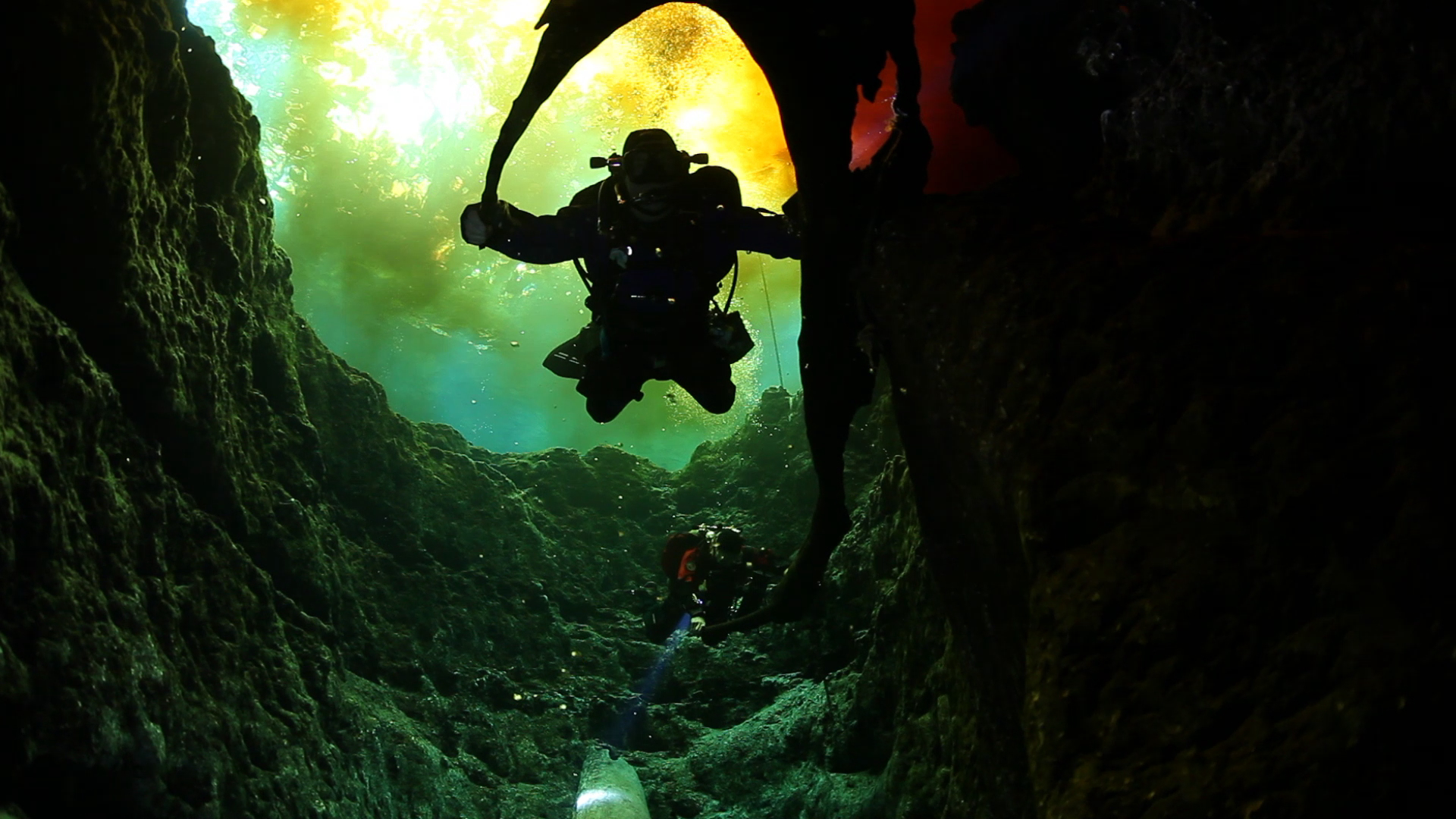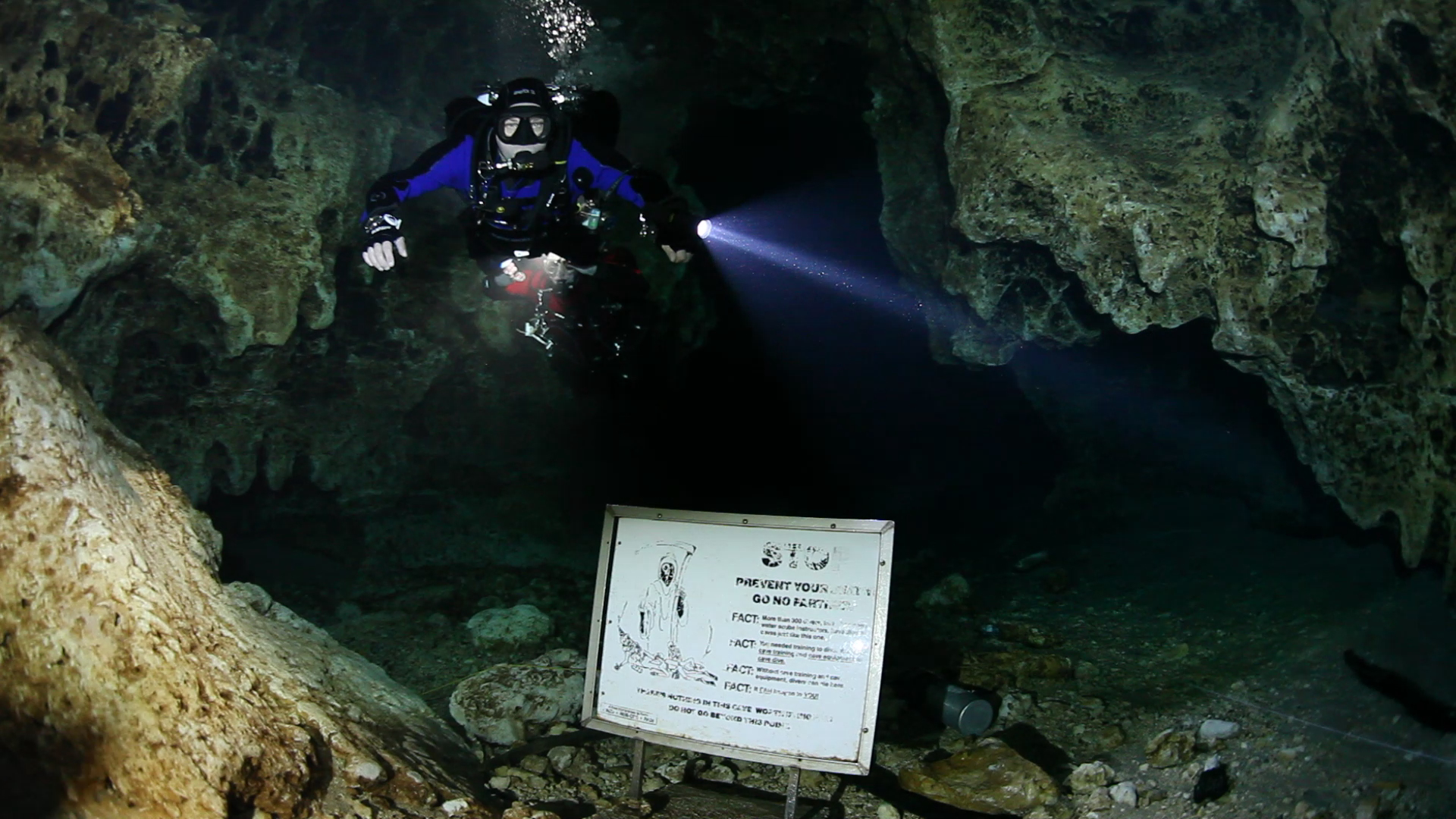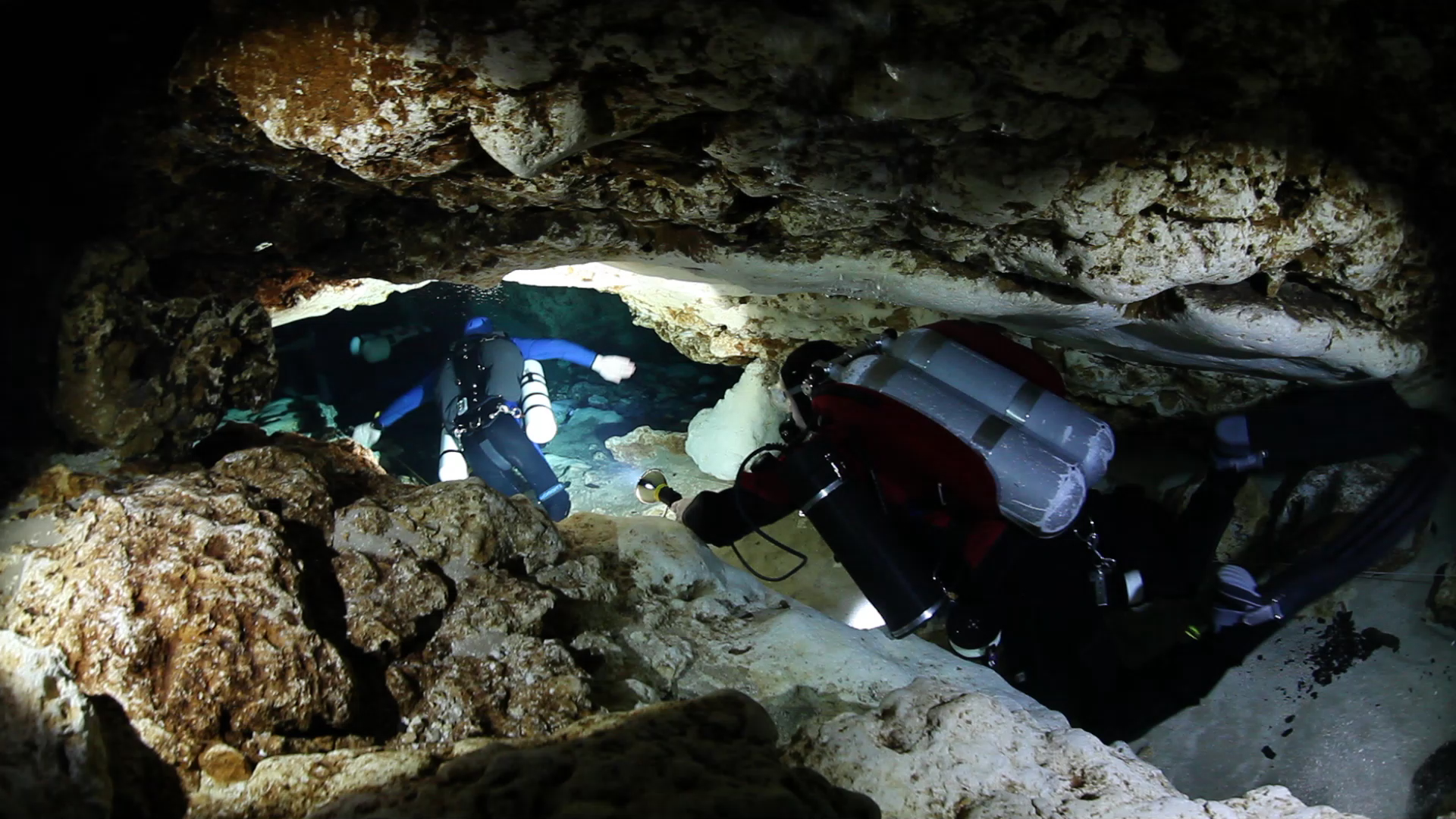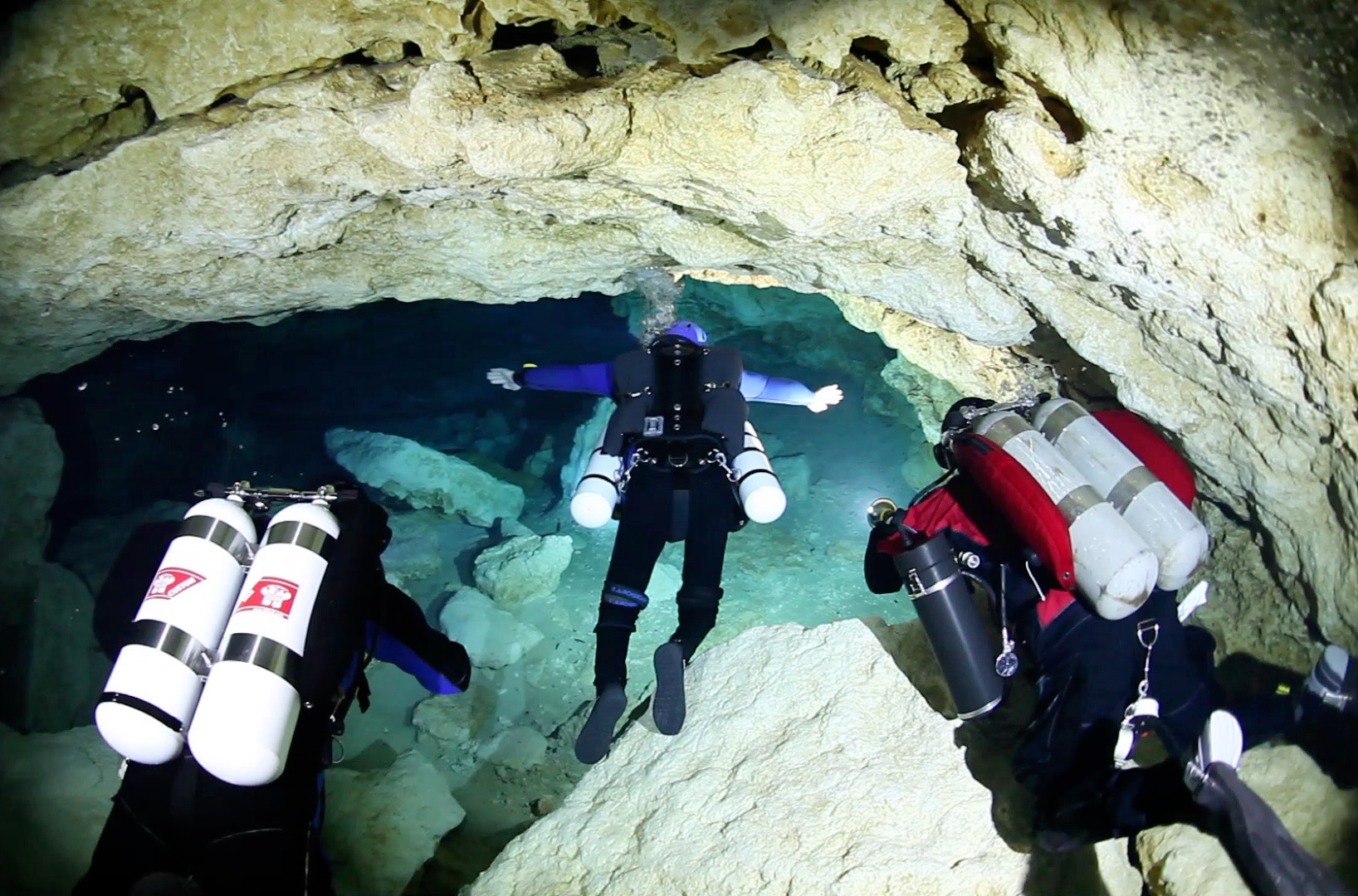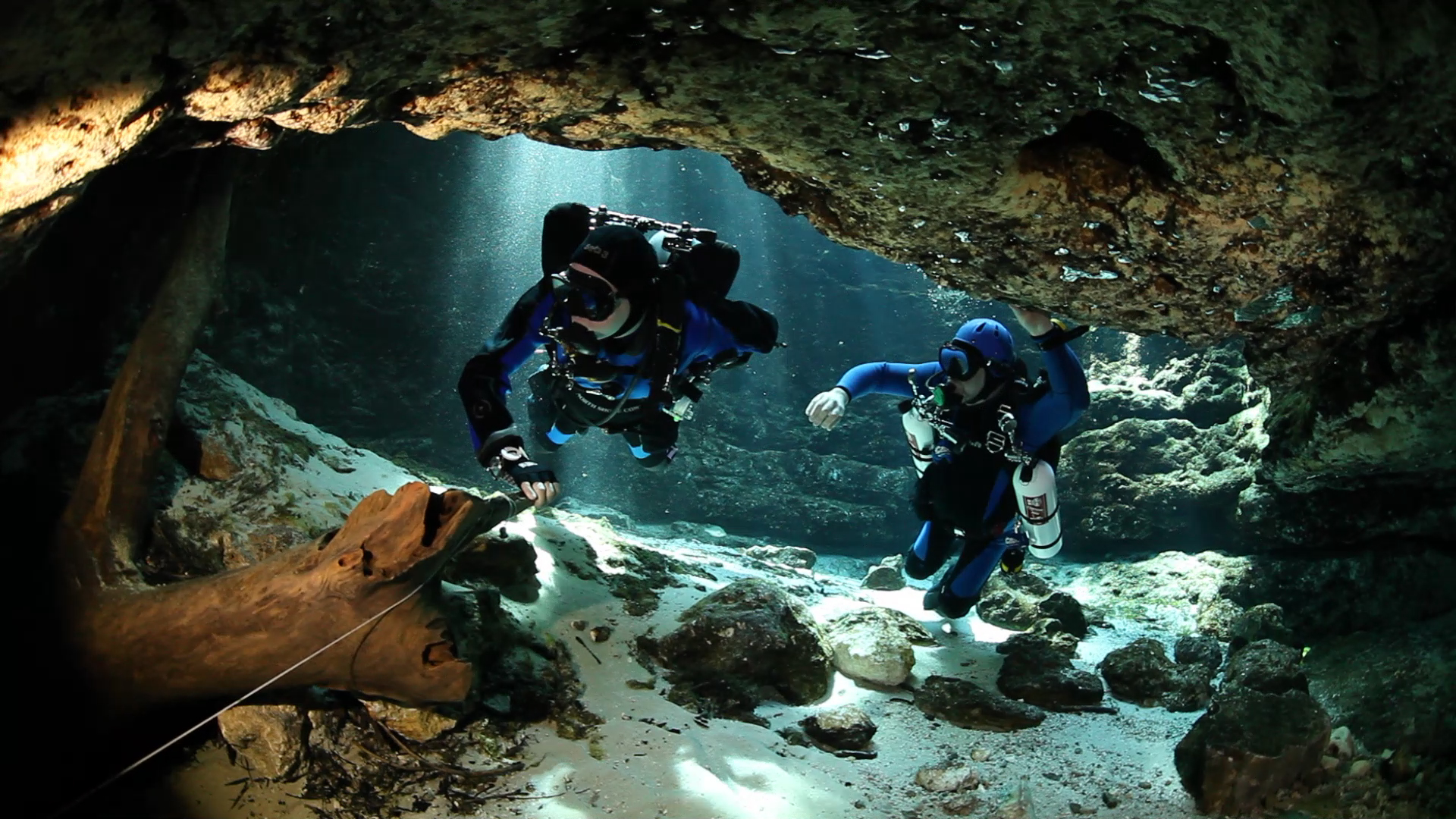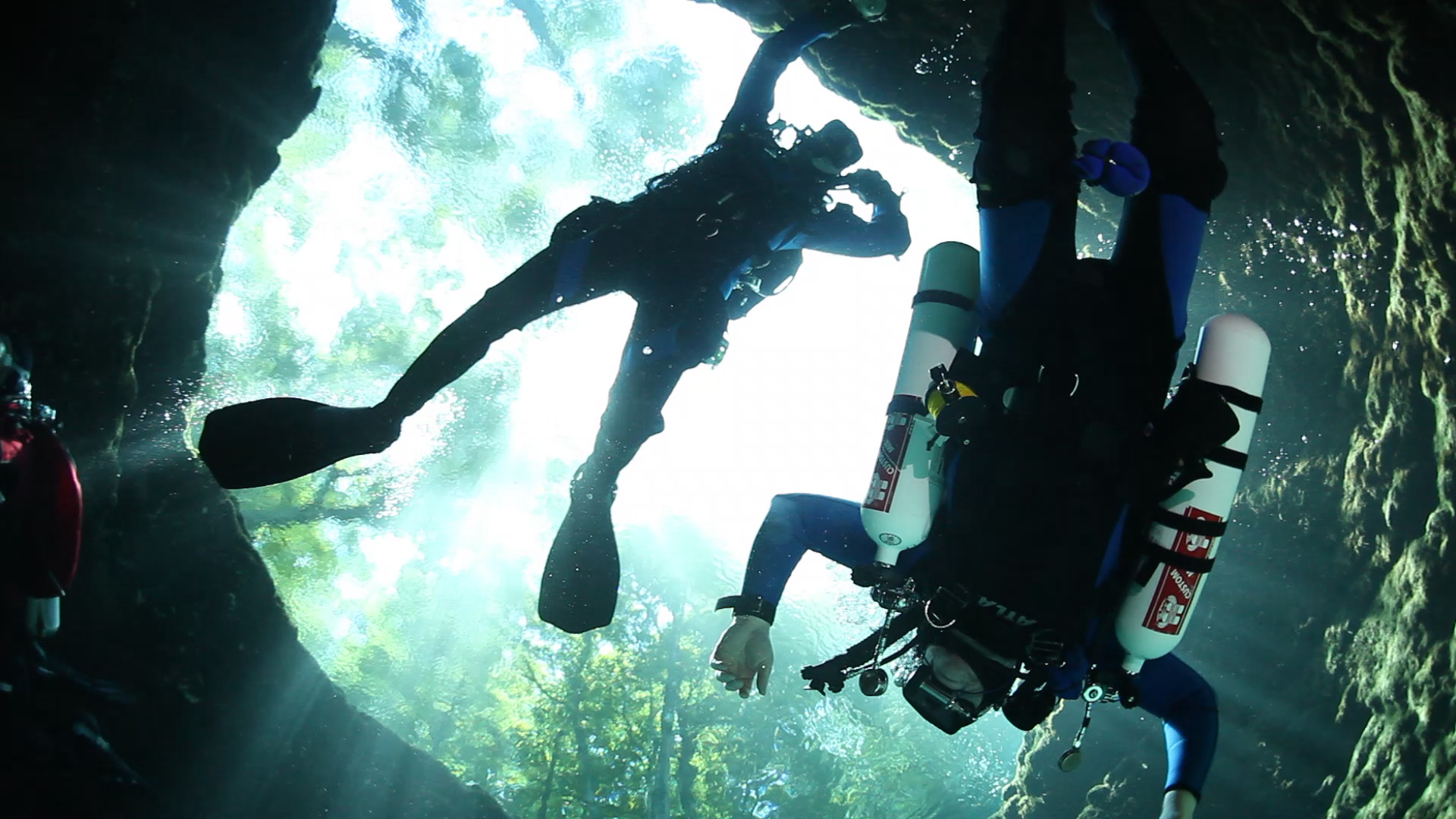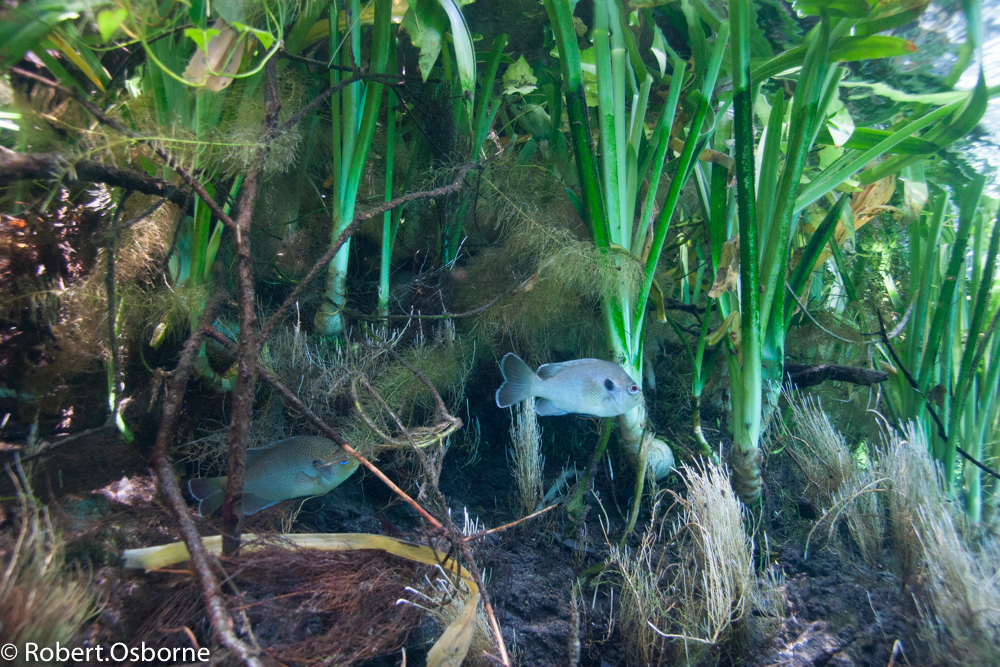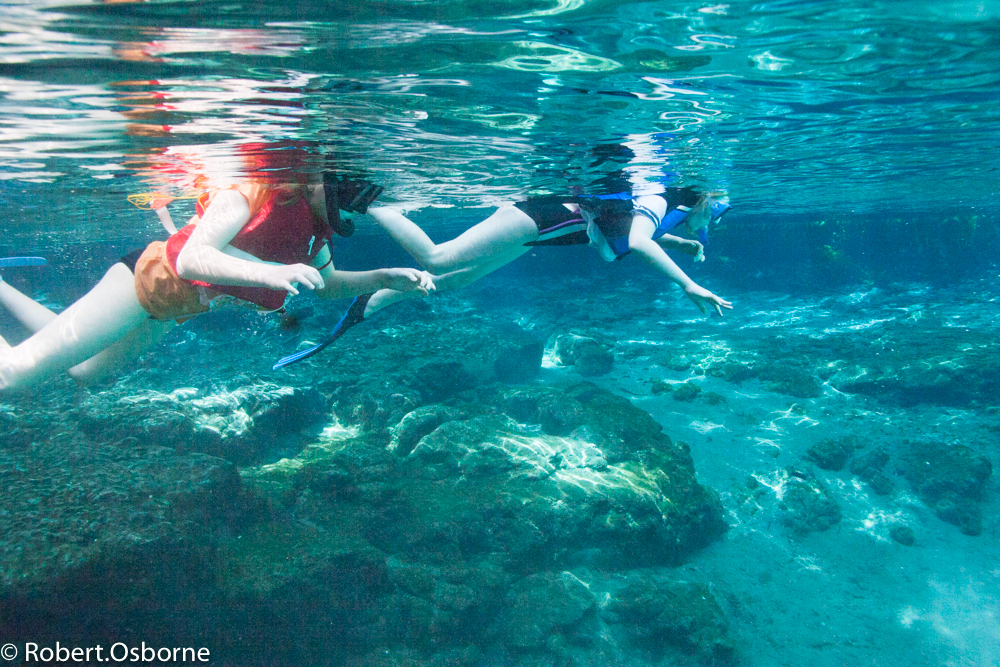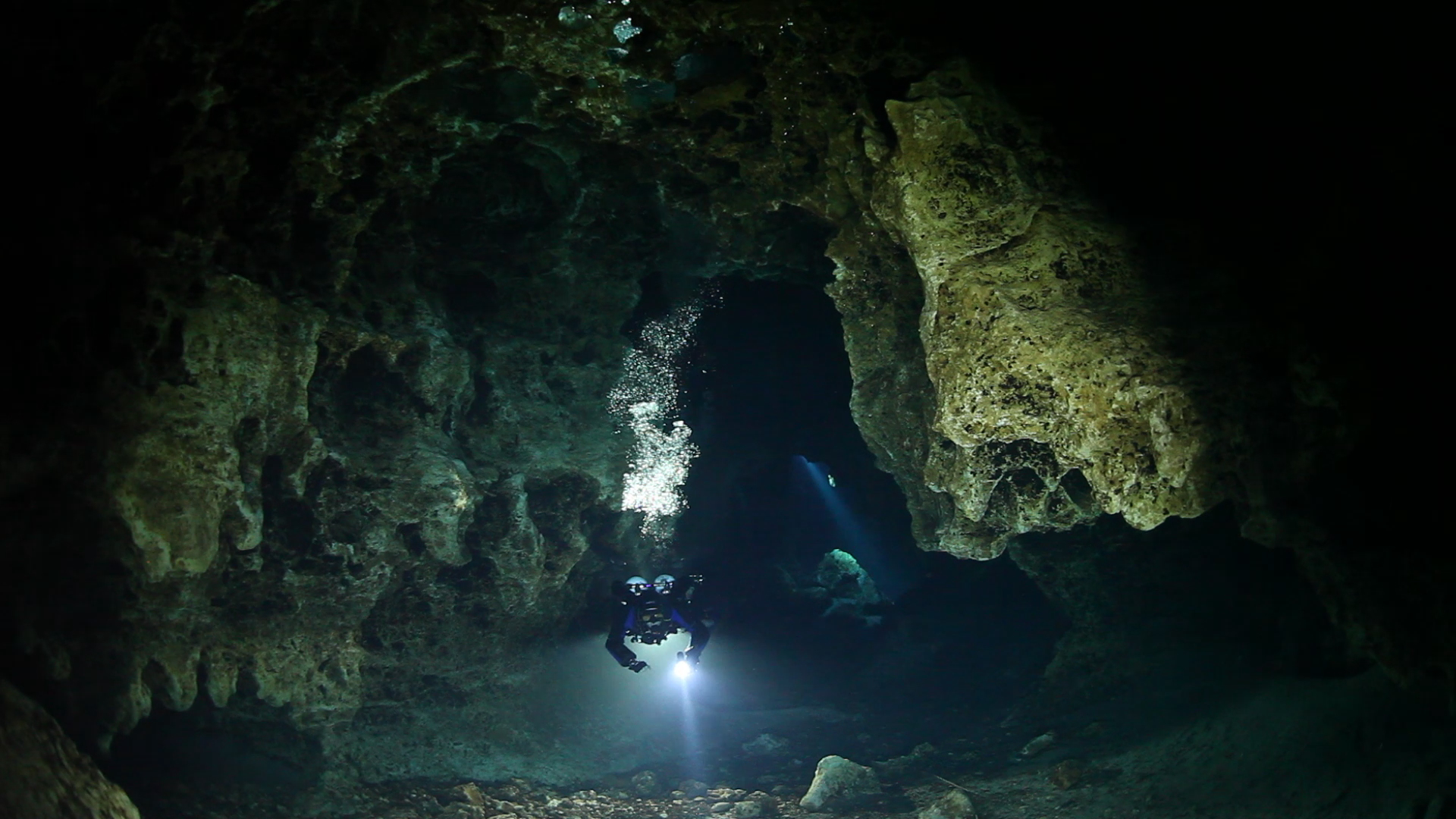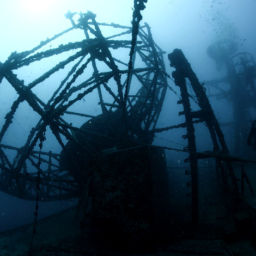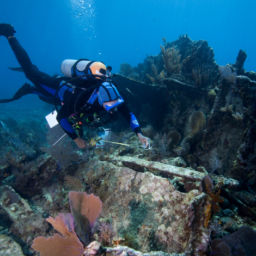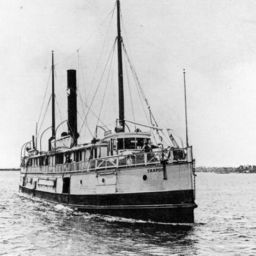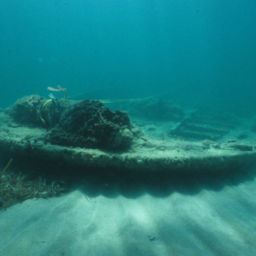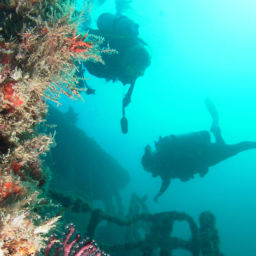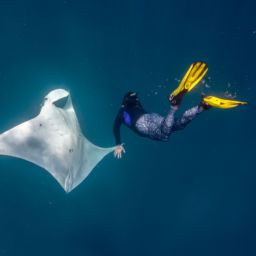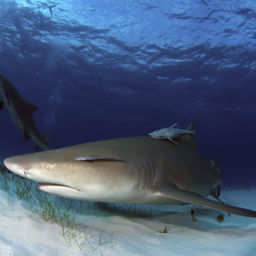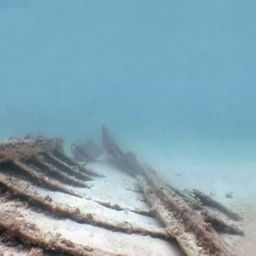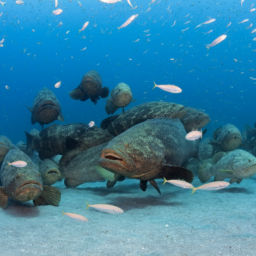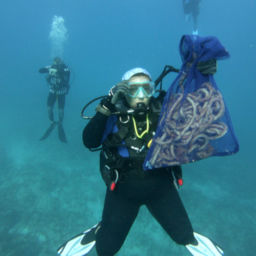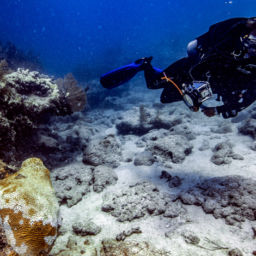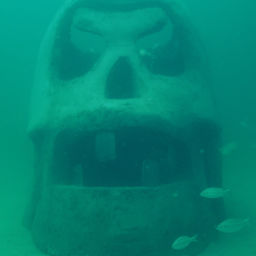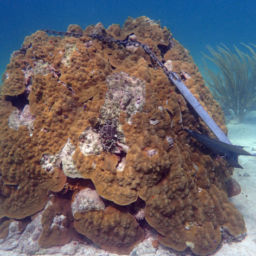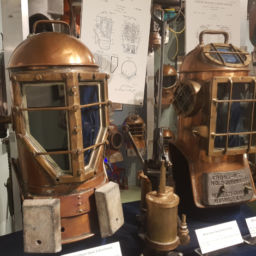I’m a big fan Florida diving, but it’s not the coral reefs and wrecks that enthrall me. The diving I love doesn’t involve crowded boats and fighting my way past endless roadside attractions. My favorite sites take you past verdant fields sprinkled with massive oak trees thickly hung with Spanish moss. They’re not in the Keys or Fort Lauderdale, or even Destin in the Panhandle. They’re near the towns of High Springs, Live Oak, and Madison in north central Florida. There are no beaches, only crystal-clear springs that sometimes appear in the most unlikely places. If that sounds appealing to you as well, maybe it’s time you tried cave diving in Florida.
These caves are part of a massive underground system that occupies virtually the entire northern half of the state. Hundreds of square miles of clear water fill tunnels that wind through porous limestone. Last year a buddy and I drove down from Toronto and spent a week exploring these unique dive sites. Best of all, cave diving in Florida is open to everyone — if they’re willing to put in the work.
Pros and cons of cave diving
Cave diving isn’t for everyone. But before you shiver at the thought of not being able to surface and diving in the pitch black, consider the pros and cons.
On the plus side, cave diving offers a world that few people see. It allows you to explore places that will leave you in disbelief. Imagine swimming through tunnel no bigger than your hallway and suddenly emerging into a chamber that could easily fit a small cathedral. As you pan your light around the cave, trying to find the ceiling, you’ll feel like you’re either exploring outer space or you’ve just crossed through Alice’s looking glass.
On the con side, there’s no denying the fact that you’re entering a hostile environment. There is little room for error and no room for panic. Lose your cool in here and you are well and truly in deep trouble. There is no access to the surface; there is no light; and fine sediment and debris are just one errant fin-kick away from obliterating your vision. Lose your way in the tunnels and you may never find your way out again. But, if you get the proper training, you’ll learn how to deal with all of those potential problems and become a better diver besides.
Training to become a cave diver
Training to become a certified cave diver is quite rigorous; you’ll need to work on your trim and buoyancy skills for a start. Most recreational divers swim underwater at about a 45-degree angle, but in a cave, you’ll have to be perfectly flat — 180 degrees, parallel to the floor. You’ll learn how to use new gear and how to self-rescue. Complete the training successfully and you’ll be ready to enter the caves.
In Florida, you begin your training in the springs outside the caves. Then you graduate to the cavern zone, only a few hundred feet away from the entrance. Here, there’s still lots of natural light and you can see your way out. Once you’ve mastered these two environments your teacher will take you in a little further. After completing successive courses, you’ll soon find yourself hundreds of feet into a tunnel.
Cave diving in Florida
On this trip, my buddy and I spent 10 days in cave country. Because it had been over a year since I’d dived in the caves, I took a refresher course through National Speleological Society — Cave Diving Section (NSS-CDS) with Hubert Chretien, a seasoned veteran of the caves. He put me through my paces, including the particularly sadistic lost-line drill. With a blacked-out mask on your face, your instructor turns you around and upside down inside a tunnel and then leaves you to find the guideline once again. Once we’d been through the refresher course, it was off to explore.
We started in a cave system called The Devil’s Spring in a privately-owned park called Ginnie Springs, just outside High Springs. The spring is a high-flow cave, which means lots of current. This is both a blessing and a curse. It’s forgiving if you accidently touch bottom since the sand or silt soon blows away. On the other hand, it’s very difficult to swim much in the tunnels, you’ll spend most of your time pulling yourself hand over hand. But for all that, it’s a magnificent tunnel system that goes on for thousands of feet and plunges down to some pretty serious depths. After five years, I haven’t even scratched the surface at Devil’s Spring. This time, Hubert shows me fossils in the tunnels and a kind of black bacteria that lives in complete darkness.
Day two and we’re off to Peacock Springs, a lovely, gentle place to dive with virtually no flow and fairly shallow depths. We spend more than an hour penetrating deep into the system, discovering lots of blind catfish and some exceptional rock formations. On our third day, we head for Madison Blue Springs, and on day four, for Manatee Springs. Each tunnel system is a little different and each one presents it own set of challenges. We navigate some pretty tight spots at Madison Blue, with mere inches of clearance at one point.
One of my favorite activities when it comes to cave diving in Florida is exploring the spring at the end of the dive while I’m off gassing on a deco stop. The springs are full of exotic fish and plants; divers even report the odd alligator from time to time. You never know what you’re going to see.
That’s ultimately one of the best things about cave diving, the precision of the challenge, the sense of exploration. There’s a need for strict attention to detail and exactitude from the moment you begin to prepare your gear until the moment you surface at the end of a dive. Few diving experiences can compare, so if you think you’re ready, the cave diving in Florida awaits.


